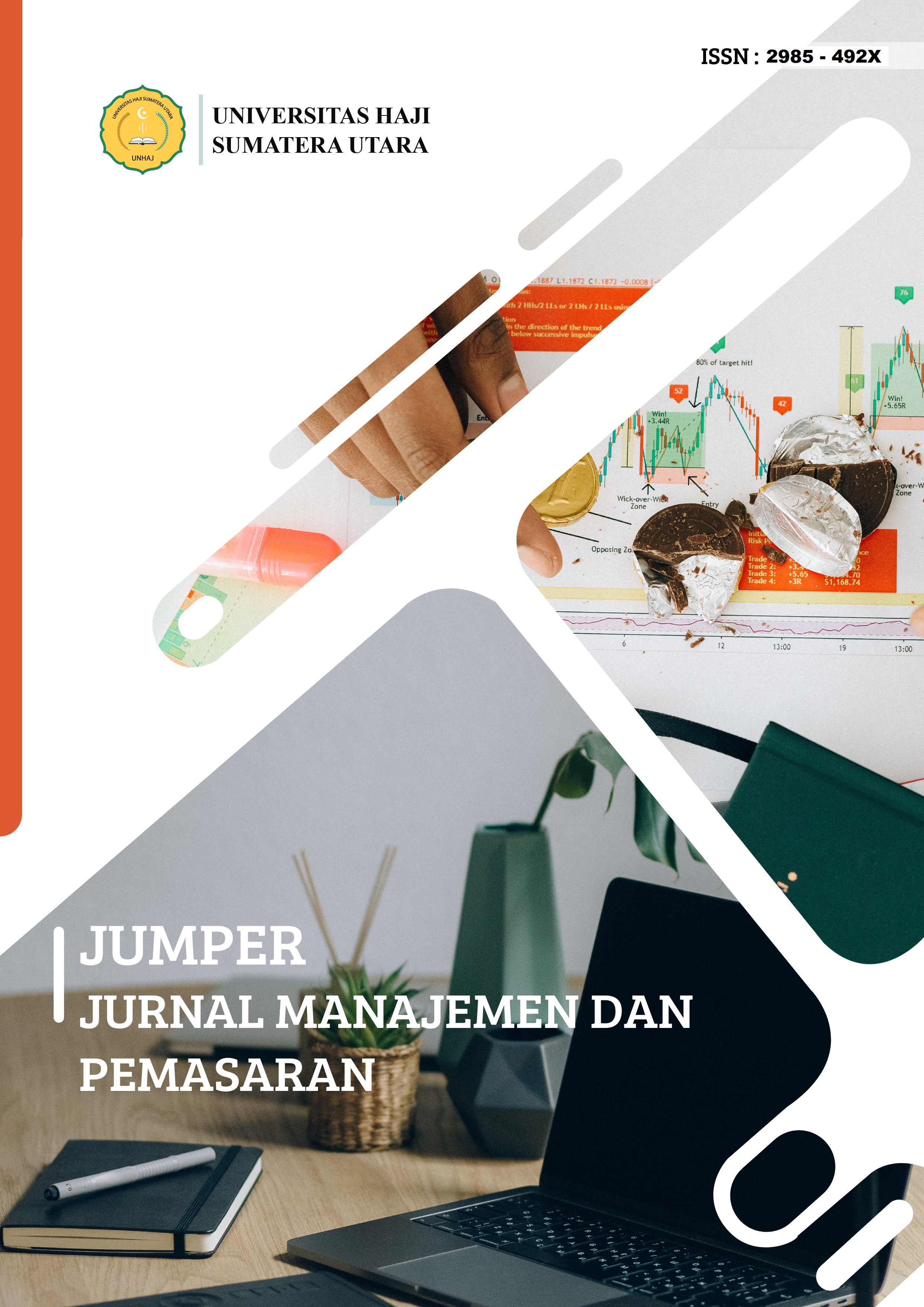ANALISIS MINIMASI BIAYA PENUGASAN STAFF MENGGUNAKAN METODE HUNGARIAN (Studi Kasus Pada PT. JNE Pusat Medan)
DOI:
https://doi.org/10.51771/jumper.v3i2.1318Keywords:
Keywords: Hungarian method, assignment method, Employee SkillsAbstract
The purpose of this study was to examine the differences in problem-solving skills and employee personalities in the corporate environment, the differences in abilities between Taza and Sunanda, the differences in abilities between Sri and Silvi to help the company in problems regarding the division of tasks according to the abilities possessed between employees. Employee skills greatly influence the assignments that will be made according to their profession. The population in this assignment study were employees of PT. JNE Pusat Medan with a total of 4 employees. The sampling technique used the Hungarian Method where the Hungarian Method is a different method for solving assignment problems or one of the algorithms used to solve assignment problems. The survey results showed that the ability of employees to carry out tasks set by the company differed in each sector according to their expertise. Like Taza excels in the section, Sunanda excels in the section, Sri excels in the section, Silvi excels in the section. The results were obtained from the assignment model or method that allows the company to recognize the skills of each employee. The results of this study help companies choose assignments that are synchronous using the special abilities of employees, as a result of increasing work efficiency. Namely using Implications for Companies using Task division based on the expertise of each employee can increase productivity & effectiveness of task completion & Companies can more easily identify areas of employee strengths & weaknesses, which are useful for the development of human resources. Thus, the application of the Hungarian Method helps companies in making the right assignment decisions, as a result tasks can be completed more efficiently & synchronously using the competencies of each employee. The Conclusion section contains research findings in the form of answers to research questions or in the form of the essence of the discussion results. The conclusion is presented in paragraph form.
Downloads
Published
Issue
Section
License
Copyright (c) 2025 Cindy Lumbangaol, Nova Angelina Nababan, Renta Ulina Situmorang, Ahmad Albar Tanjung

This work is licensed under a Creative Commons Attribution-NonCommercial-ShareAlike 4.0 International License.









